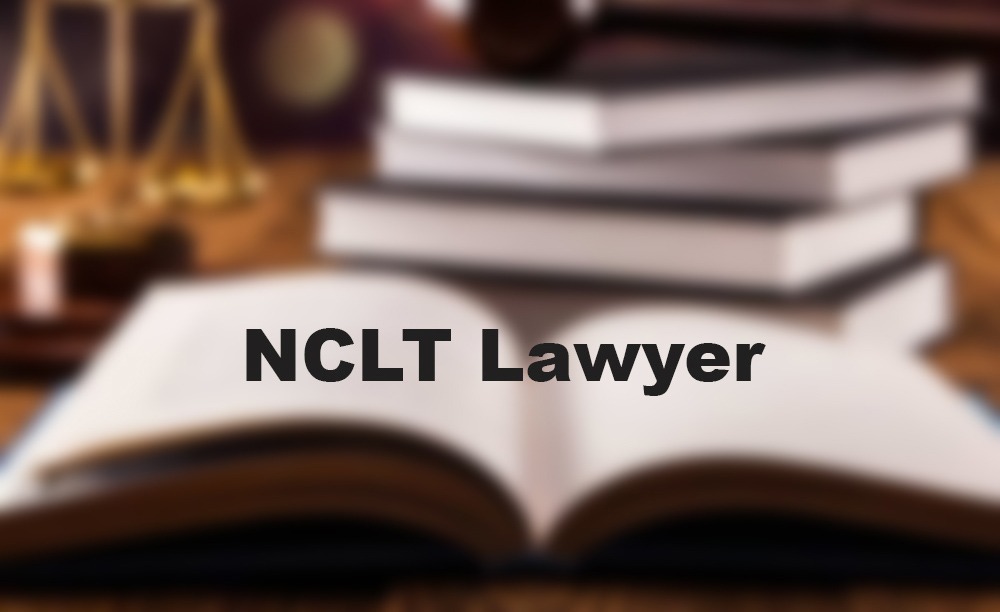Sanjay Kishan Kaul, C.J.
CM-3230-2013:
1. In terms of the office report coupled with the dasti notices'' reports submitted in the court, all the respondents have been served, but none has put in appearance. The delay of 80 days in filing the appeal is condoned and the application is allowed.
LPA-1243-2013:
2. All respondents have been served, but none has entered appearance.
3. The appeal is directed against the order dated 11.4.2013 of the learned single Judge in terms whereof respondents no. 1 to 3, who were original petitioners, were granted relief while assailing the decision of respondent No. 4-School running in the campus of the appellants and having a differential fee structure for wards of University employees.
4. It appears that respondent No. 4-School was set up primarily for the wards of the University employees, though it was open even to other students. This school had a differential fee structure qua wards of said employees as against other students. The basis was the University Calendar Volume-II, Clause 4(c), which reads as under:-
(i) Sons and daughters of the University employees will be granted half tuition fee concession if they are studying in a University department/college or have enrolled themselves with the Directorate of Distance Education.
5. The learned single Judge, however, found that the differential rate was very high and, thus, was too glaring to be sustained.
6. Not only that the learned single Judge went beyond the same by seeking to equate the fee of other wards to that of the wards of the University employees and directing refund to be made. It is this latter part of the direction which appears to have hurt the appellants most leading to the filing of the present appeal.
7. It was the say of the appellants that there was no relief even claimed for such refund to be made qua students who have passed from time to time. The monies collected were applied for education of students and this has been on for 14 years. The financial impact of the impugned judgment is stated to be to the tune of Rs. 50 lacs.
8. We are in agreement with the submissions of learned counsel for the appellants. At best, the learned single Judge while quashing the differential fee structure could have directed that the fee recovery from the original petitioners before the Court should have been at parity with the University employees, leaving it open to the appellants to determine its future course of action. Thus, this aspect of relief of directing refund to one and all could not have been granted.
9. Qua other aspect - whether there can be a differential fee structure, it is not unknown that educational institutions provide financial concessions to wards of their employees. This actually may be called a part of the benefits given to the employees of the University. Often, pay-scales are not very high and, thus, different methods are adopted to give the relief or benefit to the employees.
10. Thus, we are also not in agreement with the view of the learned single Judge that a differential fee, per se, is contrary to Article 14 of the Constitution of India, as there is an intelligible differentia whereby employees of the University in a school set up by the University are given concession in fee while making admissions available to others at a higher fee. It is the matter which can be decided by the University. Appeal is, thus, allowed and the impugned order is set aside, leaving the parties to bear their own costs.

